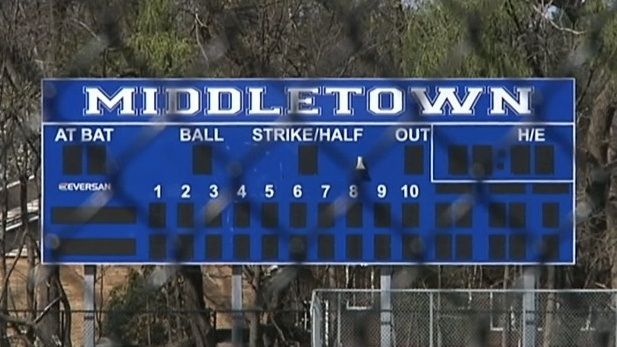Students and recruits at SUNY Ulster and the Ulster County Law Enforcement Training Group are practicing their skills using a new simulation system.
“Until you’re actually in that position yourself, where you have to assess what’s going on, once you figure out what is the proper action to take, it’s totally different. It’s really learning by doing,” said Jim Truitt, professor of criminal justice and human services at SUNY Ulster.
The Criminal Justice Fund in Memory of William J. and Elizabeth R. Weishaupt Sr., was used to purchase a state-of-the-art law enforcement first responder interactive training system.
What You Need To Know
- Students and recruits at SUNY Ulster and the Ulster County Law Enforcement Training Group practice their skills using a new simulation system
- The simulator has about 1,000 scenarios the instructors can use, giving trainees an opportunity to immerse themselves in a realistic situation
- It gives them the opportunity to make mistakes and learn in a controlled environment, so they have confidence if faced with one of these situations in the field
“When I think in terms of using it for our students and our recruits, I think the key here is that they are growing up in an environment where gamification is a huge thing,” said Janay Gasparini, assistant professor of criminal justice and police basic training coordinator at SUNY Ulster. “This is really kind of a big, if you would, a big video game. It translates very well for them.”
The simulator has about 1,000 different scenarios the instructors can choose from, giving trainees an opportunity to immerse themselves in realistic situations.
“It’s really, in all honesty, just everything that a law enforcement officer can be called to handle. So, we have emotional disturbance situations, we have violent domestic disputes, a range of other civil disorders, vehicle and traffic stops, where there, we’d say, basically unknown-type situations and then also known high-risk type of events that might actually be happening,” Truitt said.
There are options to pause it to discuss what is happening, as well as ways to make the situation change based on their reactions.
“I would prefer that we put our students through these scenarios for the first time in here, in this controlled environment, where we expect mistakes to happen, where they can learn from their mistakes, rather than out in the street or in the field where those mistakes can have unintended consequences,” Kingston Police Deputy Chief and Police Academy Director Michael Bonse said.
“It’s something that they want to do more and more and more ‘cause it really does, it’s building that confidence that they need to effectively handle situations in the community,” Gasparini said.
The trainers also hope the simulation is within reach not just for cops, but also for neighbors.
“We have a mental health crisis in this country. This day and age of active shooters, we’re able to pull in school administrators. We’re able to pull in community members, people who make laws and legislation to give them a real flavor of what these scenarios entail,” Gasparini said.
“If nothing else, getting put into a scenario and the stuff that we can replicate here in a safe, controlled environment and just seeing how you yourself react when you’re put in that is an eye-opening experience by itself,” Bonse said.





